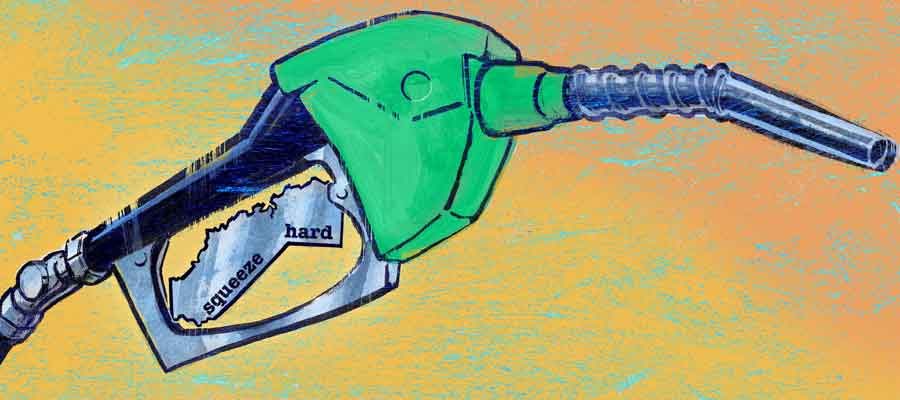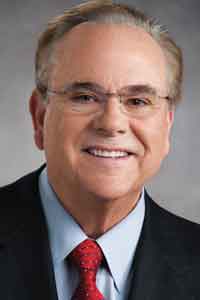Graphic
Seeking a fix for California’s gasoline market problems
With pump prices safely in the $3 range these days, October’s record-breaking gasoline surge might seem like a distant memory to California motorists. But don’t go racing to buy that supercharged, gas-guzzling Hemi just yet.
The deep-seated structural problems that caused the disruption, and sent prices to a record $4.67 for a gallon of regular gasoline during the week of Oct. 7, haven’t gone anywhere. In fact, experts say, they’re likely to cause more runs on combustion juice in the near future. Meanwhile, California gasoline continues to cost, on average, about 35 cents more per gallon than in the rest of the country.
Amid the October crisis, Gov. Jerry Brown moved to allow the sale of winter-formulated gasoline weeks prior to the normal switch-over date. But such remedies are temporary at best and do nothing to resolve the fundamental issues that make California’s gasoline marketplace the nation’s oddest and, critics say, most artificially manipulated.
As the nation’s largest consumer of gasoline, California pays a huge premium for the fuel that keeps the state running, and the price problem cannot be ignored forever. That’s no easy task when there’s no agreement about what constitutes the problems. With that in mind, we asked some key stakeholders, including refiners, regulators and environmentalists, to weigh in with their thoughts on what’s wrong with California’s gasoline market and to offer their prescriptions for change.
— Ken Bensinger, Los Angeles Times

Severin Borenstein
Co-director, UC Energy Institute
William R. Klesse
Chief executive, Valero Energy Corp.
Bill Lockyer
Treasurer, state of California
Simon Mui
Director, California Vehicles and Fuels, Natural Resources Defense Council
Mary D. Nichols
Chairwoman, California Air Resources Board
Robert B. Weisenmiller
Chairman, California Energy Commission










